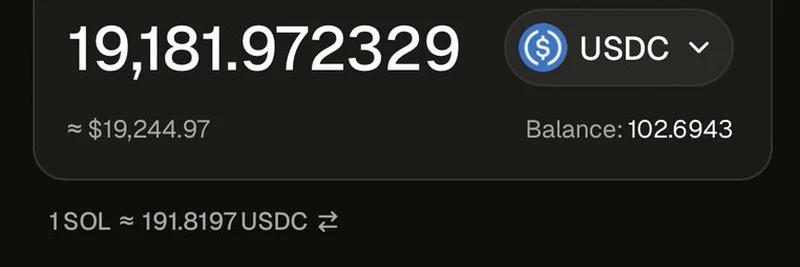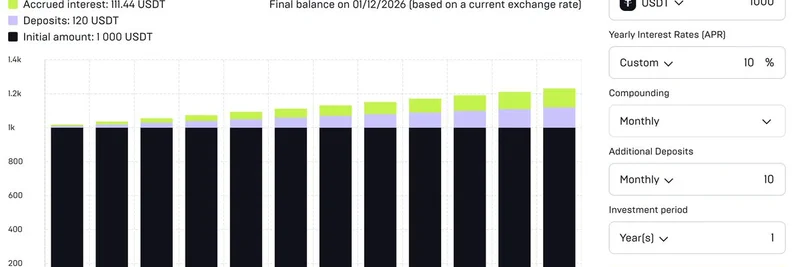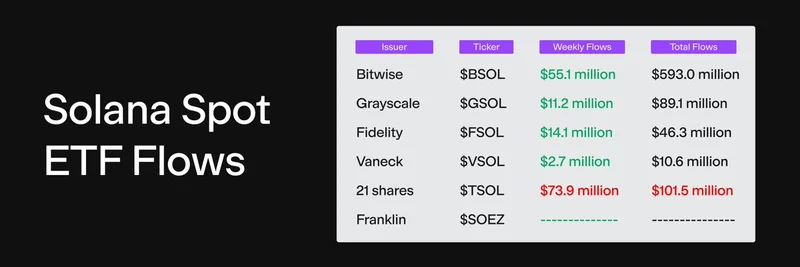In the fast-paced world of Solana trading, where meme tokens can skyrocket or plummet in minutes, having reliable liquidity is everything. A recent tweet from Rocky Chris Chung, CEO and Co-Founder of Titan Exchange, highlights just how crucial traditional Automated Market Makers (AMMs) are during those wild, high-volatility days.
The Tweet That Sparked the Discussion
Rocky shared a screenshot of a swap attempt on Solana: selling 100 SOL for USDC. The interface shows quotes from different DEX aggregators or providers—Titan, DFlow, and Jupiter. Titan comes out on top with the best price at $19,244.97, beating DFlow's $19,187.74 by about $57. That's a noticeable edge, especially when scaled up for larger trades.
The post emphasizes that while proprietary AMMs (Prop AMMs)—think advanced, optimized models—are here to stay, we should appreciate the original AMMs (OG AMMs) for stepping up when volatility spikes. These classic constant-product or similar models provide the backbone of liquidity when things get chaotic, ensuring trades don't slip too much.
Breaking Down AMMs: Prop vs. OG
For those new to this, an AMM is the tech behind decentralized exchanges (DEXs) that lets you swap tokens without a traditional order book. Instead, it uses math formulas to set prices based on pool balances.
OG AMMs: These are the tried-and-true versions, like those inspired by Uniswap. They're simple, reliable, and great at handling broad liquidity, especially in turbulent markets where meme tokens thrive (or crash).
Prop AMMs: These are more sophisticated, often proprietary setups from teams like Titan, designed for efficiency and better pricing in normal conditions. But as Rocky points out, they might not always capture every route or adjust perfectly during extreme vol.
The key takeaway? Capturing all possible routes and adjusting dynamically is vital. Miss that, and you're leaving money on the table—literally impacting your profit and loss (PnL).
Why This Matters for Meme Token Traders
Meme tokens on Solana are notorious for their volatility. One pump can turn a small position into a windfall, but getting in or out at the right price requires top-notch DEX performance. Tools like Titan Exchange aggregate routes from multiple sources, including those OG AMMs, to give you the best deal.
In the screenshot, even with an "Insufficient Balance" error (the wallet only had about 0.77 SOL), the quotes reveal Titan's edge. For meme traders flipping tokens during hype cycles, this could mean the difference between a solid gain and a meh one.
If you're diving into Solana memes, check out aggregators that blend Prop and OG strengths. Titan, as shown, seems to excel here, potentially saving you on slippage during those manic trading sessions.
Community Reactions and Broader Implications
The tweet garnered likes and replies from the crypto community, with users praising Titan's performance and sharing their own smooth experiences. One trader mentioned getting saved from bad fills during a dump, while others noted seamless swaps like JitoSOL to SOL.
This underscores a bigger trend in blockchain: as Solana scales, hybrid approaches to liquidity will dominate. For practitioners building or trading meme tokens, staying updated on DEX innovations like Titan can sharpen your edge.
Whether you're a seasoned trader or just meme-curious, understanding these nuances helps navigate the Solana ecosystem better. Keep an eye on tools that prioritize comprehensive routing—your PnL will thank you.



